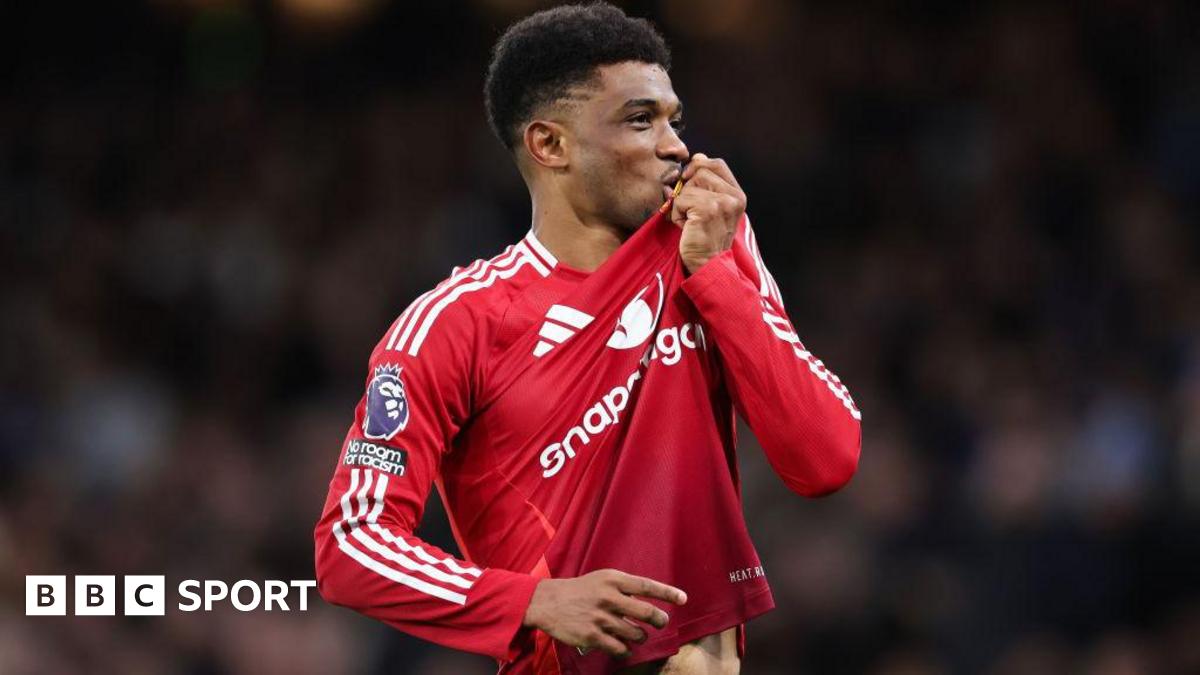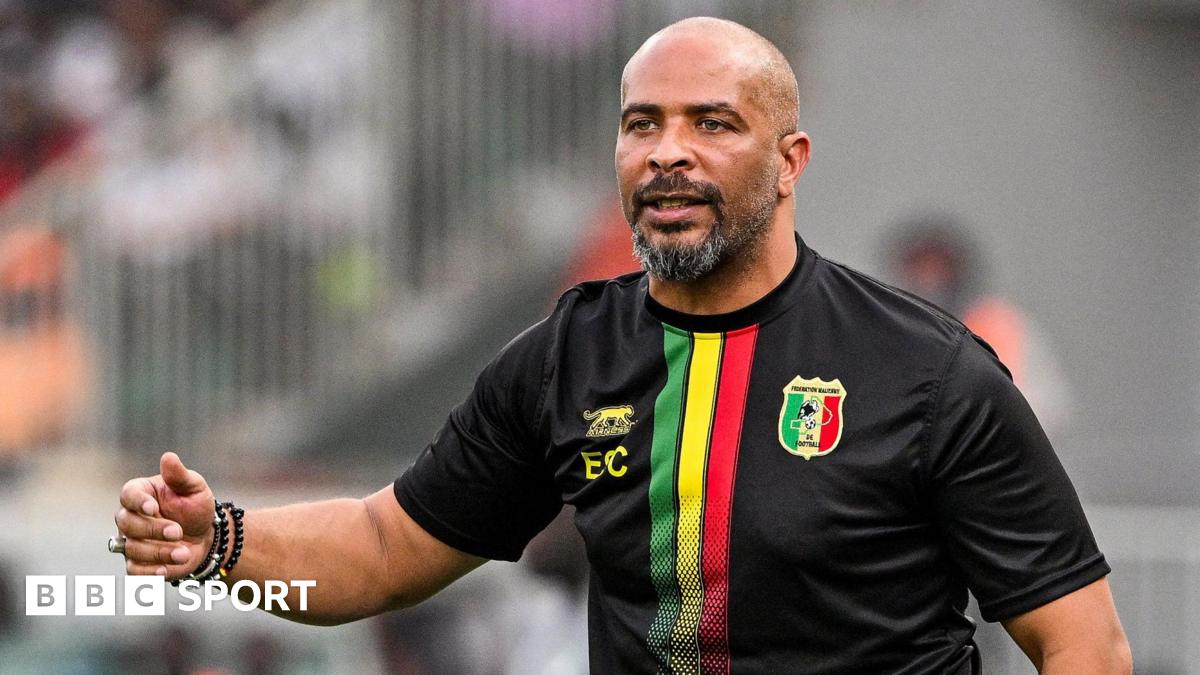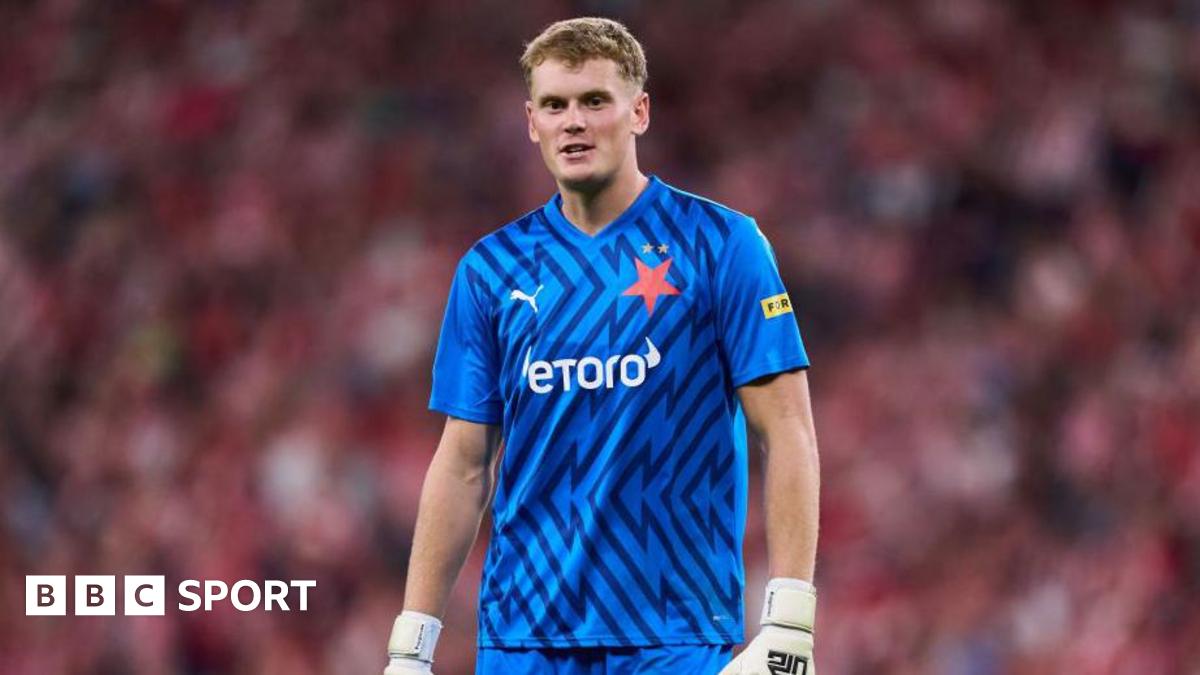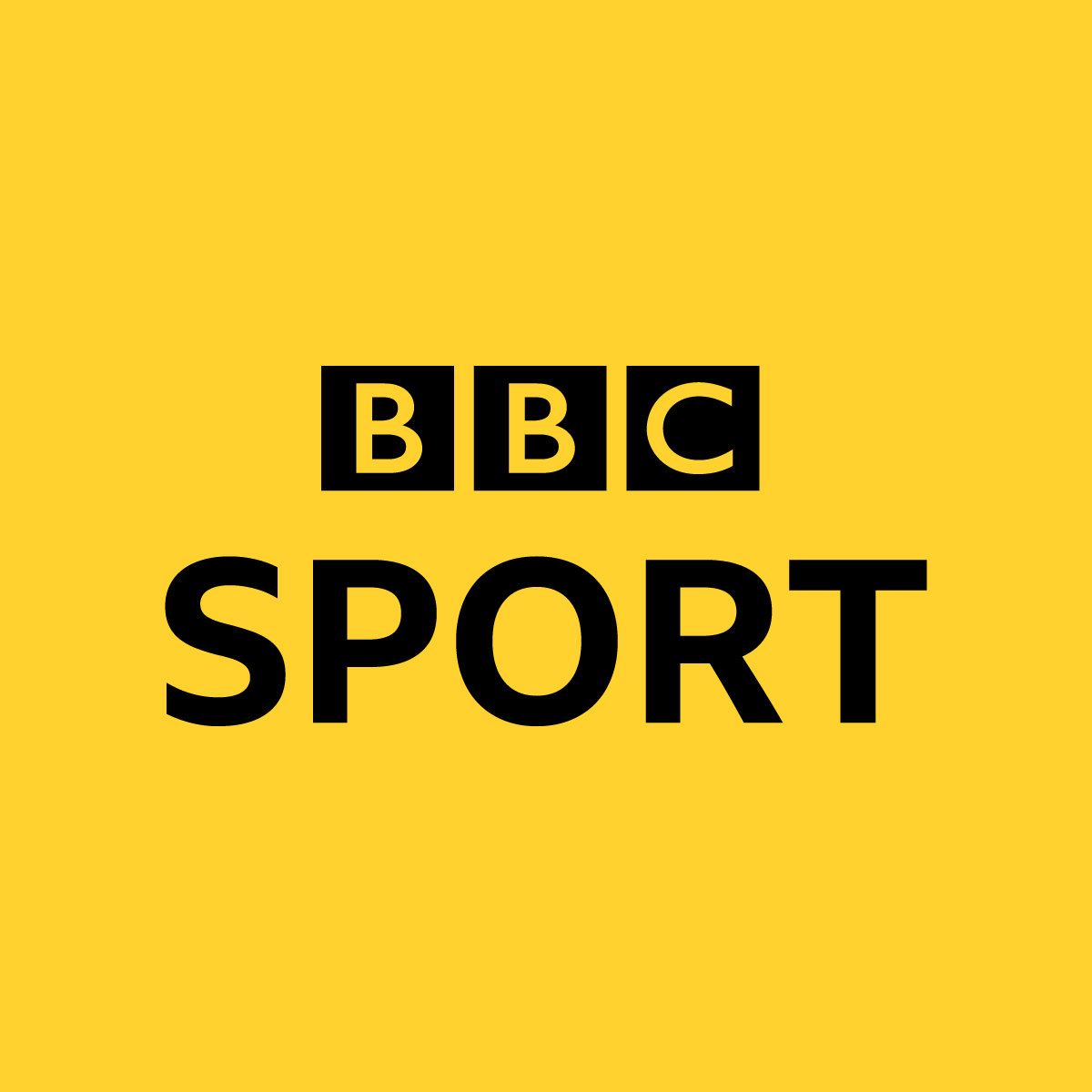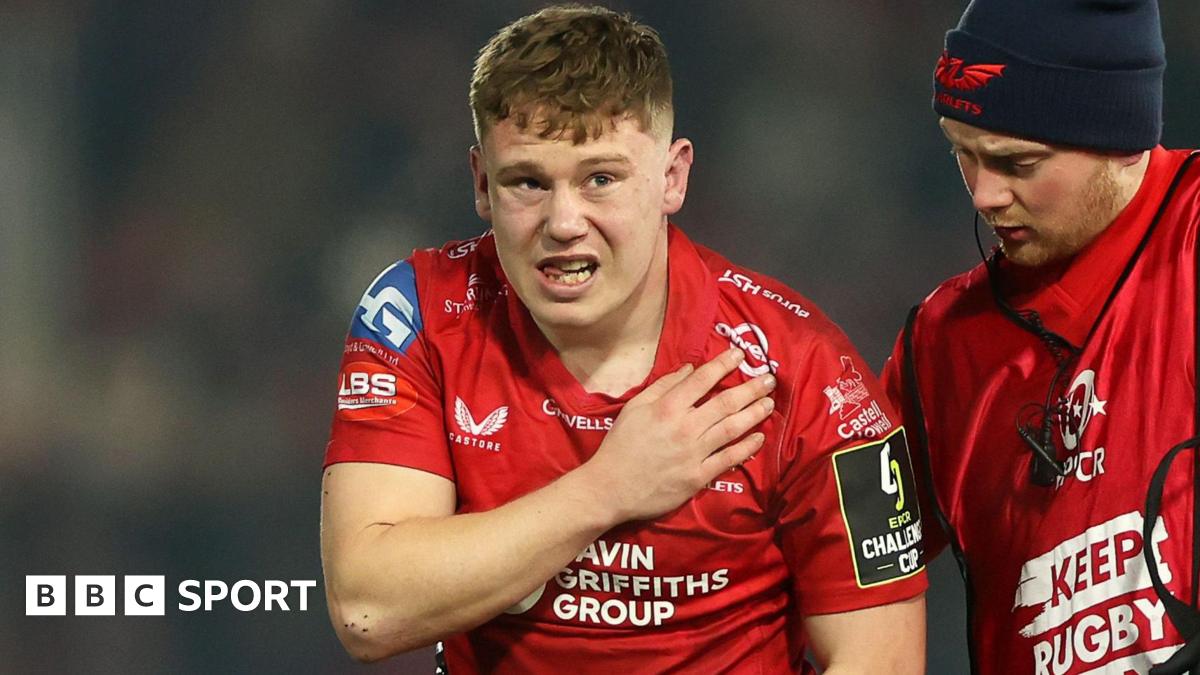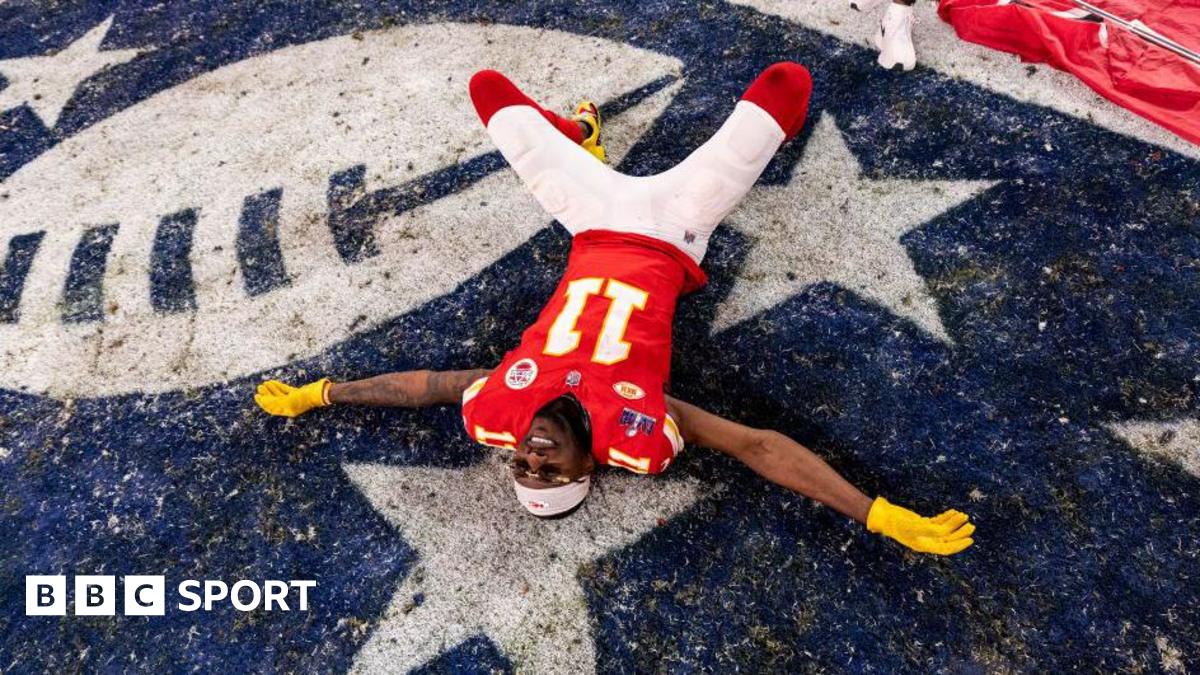Leicester Tigers wing Chris Ashton will be available for Sunday’s Premiership semi-final against Sale after having his red card overturned.
The 36-year-old former England player was sent off in Tigers’ final game of the regular season for a high tackle on Harlequins wing Cadan Murley.
But after a five-hour hearing, a Rugby Football Union disciplinary committee reduced Ashton’s red card to a yellow.
Having announced his retirement, Ashton could now play two further matches.
If Leicester reach Twickenham, it gives Ashton the chance to finish his career in a second successive Premiership final, having started last season’s 15-12 win over Saracens.
Quins wing Murley, who was part of the England squad during this year’s Six Nations, was also present and spoke at the hearing.
How panel reached decision
Ashton was charged with dangerous tackling but the panel was shown “numerous angles” of the tackle, some of which weren’t available at the time.
Panel chair Gareth Graham said: “Mr Ashton accepted committing an act of foul play that would have merited a yellow card.
“Having seen and heard all the evidence, including that of Mr Murley, who gave a clear account as to the point of contact and the level of force involved in the tackle, the panel agreed with the submission that this was a yellow card offence. “In arriving at that decision, the panel applied the head contact process, as updated by World Rugby on 1 March 2023.
“This was an incident where there was some degree of head contact and where Mr Ashton accepted committing an act foul play when he made a tackle that was too high. “As required by the head contact process, the panel then went on to consider what the degree of danger was in the tackle.
“Having assessed all the evidence before it, including that of Mr Murley (who told the panel that the initial contact was to his right shoulder, following which the tackle rode up to his neck area, but that any force to his neck was minimal), the panel concluded that there was indirect contact to the head and that any force to the head/neck was low.
“Consequently, the panel concluded that there was not a high degree of danger and that the correct starting point under the head contact process was a yellow card.”




